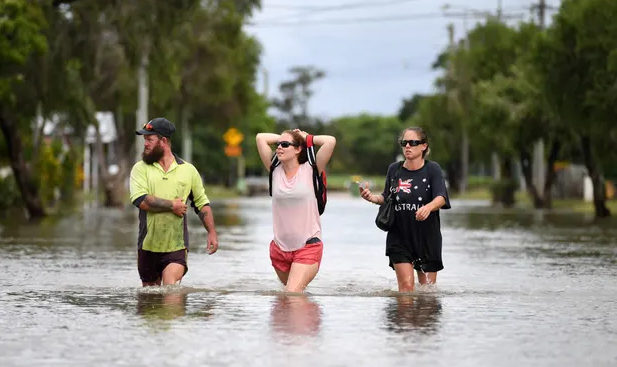
The people of Townsville know about heavy rain, but this was new. Over the past fortnight, the northern Queensland city's 180,000 residents have been hit by a monsoon strengthened by a low-pressure front that dragged moist air south from the equator to Australia's top end.
It dumped an unprecedented 1.4 metres of rain in less than two weeks - roughly double what falls on London in a year.
The ensuing chaos has wrecked homes and caused hundreds of millions of dollars of damage to property. Two men have drowned and videos posted to social media have shown crocodiles climbing trees and taking to elevated highways in search of shelter.
But amid the deluge, not everyone heeded the evacuation advice.



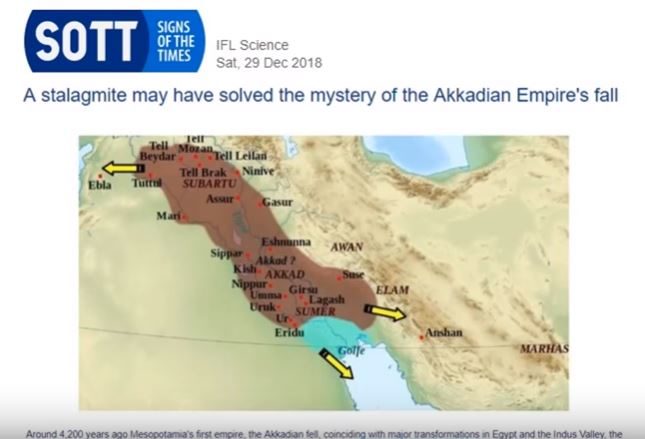
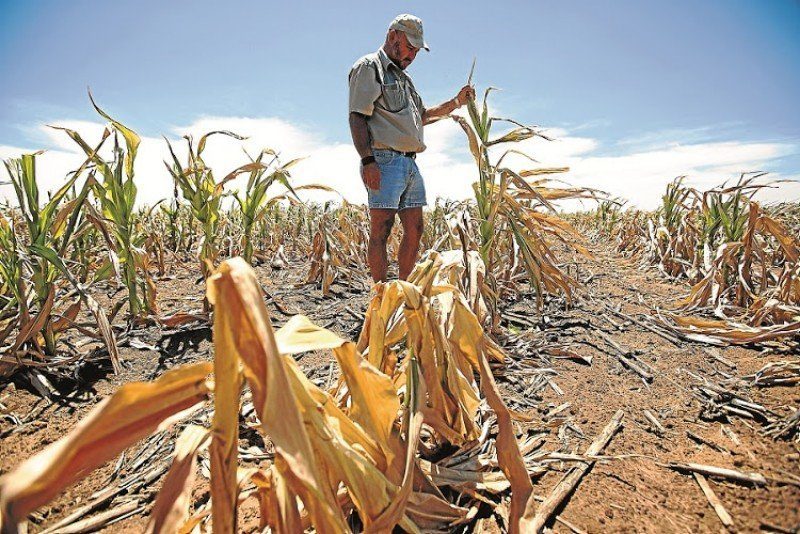
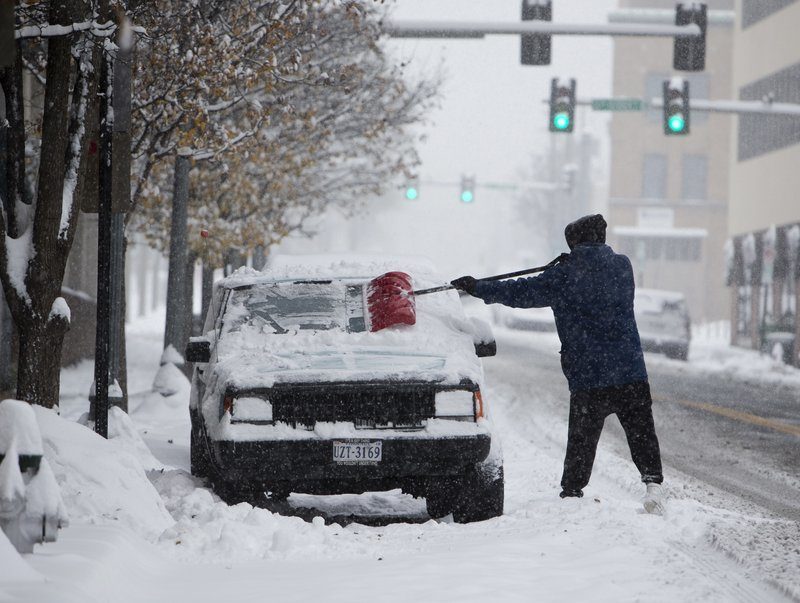
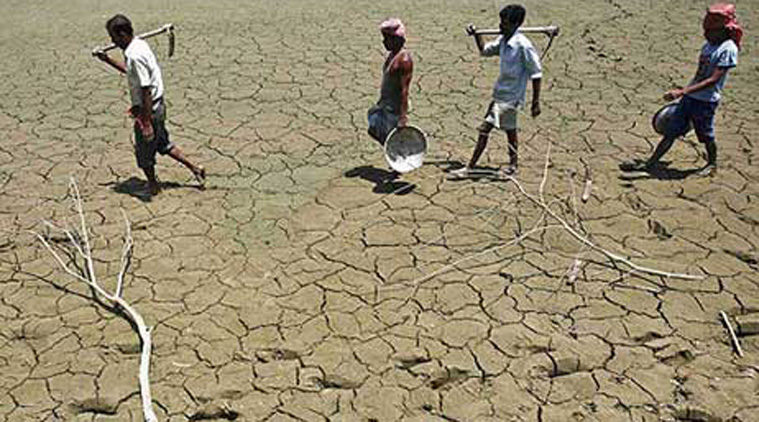

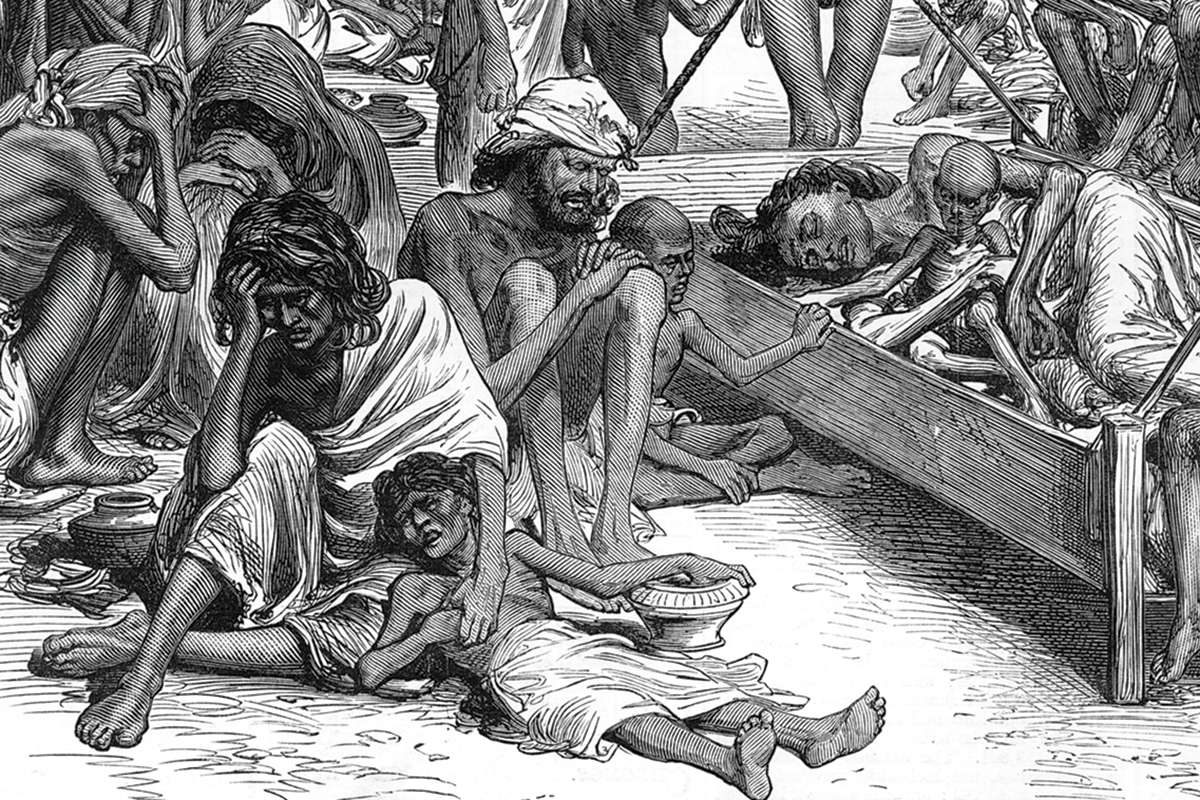



Comment: See also:
- Floods Everywhere: Europe Battered By Sheets Of Rain, Hail and Thunderstorms
- Erratic seasons and extreme weather devastating crops around the world
- Unprecedented drought in the Korea's kills 29 people, millions of livestock and decimates crops
- Cosmic climate change: Is the cause of all this extreme weather to be found in outer space?
And check out SOTT radio's: Behind the Headlines: Earth changes in an electric universe: Is climate change really man-made?